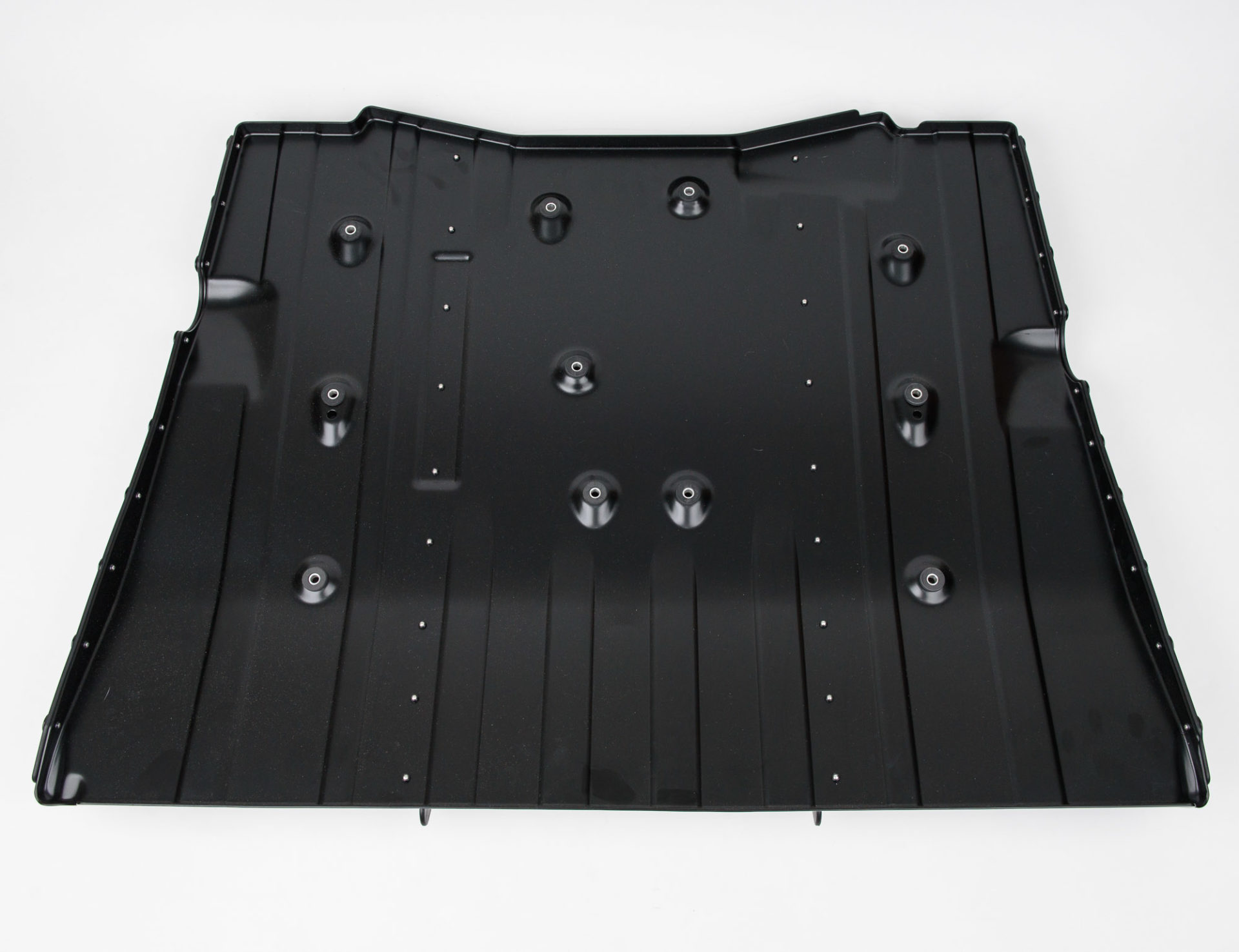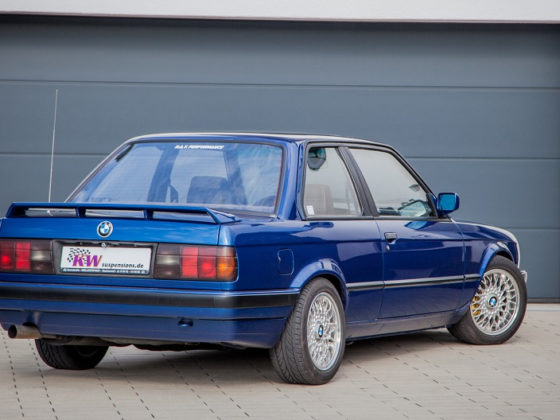How do you improve a supercar? It is not easy, but leave it to us to give it a try. We recently got to add a Porsche GT3 RS to our project car fleet. If you don’t know much about Porsches, a GT3 RS is a limited production model, part of the current 991 platform family and the last of the great naturally aspirated 911’s.
Basically, the RS is built very close to the 911 cup cars that are raced in IMSA, for instance, with some concessions being added for street use like emission controls and a dual clutch PDK semi-automatic transmission.
With a chassis packed full of exotic lightweight materials, huge carbon ceramic brakes, wall to wall rubber, 500 hp of naturally aspirated, super fast close ratio shifted fury, and best of all production Porsche aero, the GT3 RS punches above its weight class and delivers amazing performance.
It all comes with a pretty price tag, which is probably why it is the rawest, most engaging, most responsive and most fun to drive car we have ever gotten behind the wheel of. This includes our most well-built project cars and even other exotics. There is something magical about the car and all the engineering behind it. So can we alpha nerds at MotoIQ make the RS better or are we gonna mess it up?
One thing to remember is that the RS has a lot of potential as a collector being a pretty limited production car and being the last of the naturally aspirated Porsches. We have to limit ourselves to things that do not alter the car and allow it to be returned to stock with no damage. However, we accept the challenge and we are ready to do some limited things.

So we decided to see if the rear diffuser for the 911R would fit. The 911R is like a GT3 RS, with its wide body and powerful 4-liter NA engine but without the rear wing and with an old-fashioned manual transmission instead of the PDK. The 911R also has more interior amenities and is a more refined version of the race-oriented RS. The 911R was built to be the ultimate Porsche purist machine.
We think that since the 911R has no rear wing, Porsche added a rear diffuser as a low key sleeper way to make up some of the lost downforce that the RS’s rear wing provides. The 911R rear diffuser has a proper kick up to smooth airflow under the car, being fed by the RS’s nearly all flat bottom. It also has vortex generating strakes, as shown below, to help keep the airflow attached to the diffuser. This helps it generate downforce at lower speeds and making it more effective in general.

Hey Nissan, why is the GT-R rear diffuser $5175 bucks? It does not even have vortex generators!






11 comments
Hi, really love this clean and simple mod, but I’d like to add some technical clarification on one point.
In response to: “We think that since the 911R has no rear wing, Porsche added a rear diffuser as a low key sleeper way to make up some of the lost downforce that the RS’s rear wing provides.” Diffusers increase *front* downforce bias (counterintuitive because its a rear-mounted aero device, I know. This used to confuse me for years), by further increasing air velocity underneath the whole car, but especially towards the nose where there is a sort of “suction peak,” or point of minimized pressure and maximized velocity. The airflow is actually *increasing* pressure (slowing down) as it passes the diffuser itself, at the rear of the car. If you look at pressure distributions across an (upside-down) airplane wing, you’ll see this same “suction peak” at about 30-40% of the way down the length of the airfoil, and then the pressure steadily increases towards the back. Race cars with flat floors can be like this. The father of the Porsche 958 spoke about discovering this in an interview with Chris Harris several years back.
This is the first time commenting on one of your articles, Mr.Kojima, but I’ve been a fan for years! Thanks for reading!
Your assumptions seem correct but that’s not how cars work. Aerodynamics are not intuitive. A car with a diffuser isn’t simply an upside-down airplane wing. You are forgetting ground effects and the moving ground plane. If you look at published wind tunnel studies of race cars you can see that changing the diffuser and or the rake of does affect downforce toward the rear of the car, sometimes reducing the front down force.
Porsche 956* Doh!
Thank you for great post!!
I have 991 GT3, and keep considering to install this diffuser or not.
Mr. Kojima, do you think this will be only positive results?
According to suncoast “consult a race specialist to ensure aerodynamics are balanced for high speed or race applications”
I’m just concerning, if current GT3’s aerodynamic design is enough, I don’t need to add this.
Please advise.
This diffuser is STD equipment on the 991.2 GT3 and GT3RS.
Do you happen to have the part number for the “R” diffuser?
No but the rear diffuser on the 991.2 GT3 is the exact same part.
99150425794
Part number for R diffuser
As a follow up to Koo’s question on a .1 GT3 and Mike’s response. The .2 comes standard with the rear diffuser, but it also has different front inlets and front diffuser that according to Porsche creates more front downforce, hence the need for the changed diffuser and slightly elevated wing. So question remains, will adding the diffuser to a .1 GT3 negatively impact the balance of the car on the track from what Porsche intended?
The RS has a lot more downforce in the front than a GT3.
It seems that diffuser is attached to hangers/frame in those pictures and frame again into engine block (??) or where (. There seems to be attachment point also in 997.2 block (?). Do you have Porsche part number for those frames and can you give maybe the measurement of the frame upper part holes i.e how much attachment holes for bolts are apart